European startups are increasingly maturing to real scale-ups. But to make it big in Europe and become a scaleup, a startup needs to overcome some often overlooked hurdles. We spoke with Patrick Essers, director the Netherlands at EIT Digital about how to prevent the Second Valley of Death when going abroad.
Can you explain: what’s the First Valley of Death?
“The first valley of death is based on the technical details of a startup because that’s what the founders initially are exceptionally good at. But still, a lot of them die in this phase. But when they do find product-market fit and solve a real problem for customers, what’s next? It’s time to grow the company. And then, they face the second valley of death and potentially die again.”
So, what’s the Second Valley of Death?
“That’s the financial hurdle you have to overcome: where you have to go deep into the market and truly scaleup. Many companies fail in this phase. When you look at IT startups, on average, it is reported only 2 to 4% succeed. That means that 96-98% of the startups is unsuccessful. You have to bridge the gap of fixing a technical problem, to go to the market. Most scaleups definitely need help.”
Essers signals that in the Benelux there’s a sound infrastructure for startups, but not yet for scaleups. That’s where he likes to help out. Recently, the Dutch node for EIT Digital – based in Eindhoven – opened a satellite office in Amsterdam. “Even a 200-kilometer distance between Eindhoven and Amsterdam, that’s too far for a lot of people.”
Here is his take on how to prevent the Second Valley of Death when scaling abroad.
1) Choose your first country wisely
Going blindly to the first country of choice is a common pitfall amongst scale-ups. Essers: “At first, the questions we ask scaleups: what country would you like to go to and why? If you think that with your solution you can go to the German market, why would you go there? You have to translate your website into German; that’s a lot of work. How many people speak German in your company? Probably not many. So why don’t you go to English-speaking markets first? You have to ask these specific questions to a potential scale-up. Do they feel that their solution is suitable for that market? Our business developers will be asking those questions, too. Then, if the scale-up provides the right answer, we decide with the colleague-business developers in other countries how we can we help them.”
2) Get a deep understanding of the market and how to address it
Getting a first customer for your scaleup, that is relatively easy according to Essers. “But what’s next?”, Essers states, rhetorically. “It’s only one customer.” To make progress, you need to be thorough. “What’s the size of the addressable market? How do I address that market?”
Patrick Essers, EIT Digital’s Director of the Netherlands
Most scaleups lack an accurate perception of new markets, especially if they aren’t in the country yet. “You have to ask questions like: what’s going on in the new country, whether it’s in the Netherlands, Belgium, or Luxembourg? Start with a deep understanding, what to do, when, and to what customers do I need to present my solution to?”
3) Get to know the country’s culture, too
What a lot of startups do now, is: they visit a new country a couple of times, have a few beers and dinners and assign a country manager, and off they go. “And then: they fail”, according to Essers. “They do not only lack a deep understanding of the market, but they also didn’t comprehend the culture. You, of course, need to have someone who speaks the local language, but also someone who truly understands the culture and the local way of organization. The problem often is that founders think it’s easy to go abroad. It easy to go, but it even easier to fail.”
Let’s take into account the differences within the Benelux. Essers: “In Belgium for instance, doing business works remarkably different than in the Netherlands. Here, we like to set up a one-hour meeting and do business straight-away. In Belgium, you might first have to meet the other person a couple of times, for dinner, or drinks, and then, only after enough small-talk and the other person initiates it, you talk business.”
4) “I’ll do it on my own” is a pitfall as well
Often, startups make the same mistake as little children: “I’ll do it on my own!” As we speak our languages, that’s not just a strength, it can turn into a pitfall as well. “You need outside help from a true expert.” Accelerators are a great starting point for market access and help with fundraising. EIT Digital runs its own pan-European accelerator, where these experts exist in the form of business developers.
5) Be wary of regional differences, too
It’s not just differences in Europe per country you need to be wary about when going abroad. Another overlooked pitfall are regional differences within a country. Essers: “Founders are really underestimating the regional differences within a country, too. Our local business developers can be of help. They are from a particular area, they’re specialists in their topic, and they have a deep understanding of the market. Do your homework, not just by reading a book, or searching the internet. Contact the right people who understand the country you’re going too. That’s the real value we can add to a company with our business developers.”
EIT Digital Challenge
Currently, EIT Digital is selecting aspiring European scale-ups for their annual EIT Digital Challenge. It’s also a great way to get access to markets, bank fundraising support, as five winners in different categories are awarded a prize package worth €100,000. We’ll announce the EIT Digital Challenge finalists together with EIT Digital shortly.
Valley of death image by Shutterstock
Read the previous articles in our series about EIT Digital Challenge:
The EIT Digital Challenge 2017 commences, landing 136 submissions for their prestigious scaleup competition
How to become a European scaleup according to EIT Digital Challenge’s Dominik Krabbe
“Controlling your entire smart house with Homey: an interview with Stefan Witkamp, co-founder of Athom”
“Identifying cardiac arrhythmia with an app: an interview with Lars Grieten, CEO, and co-founder at Fibricheck”
“Secure sharing made easy: an interview with Storro, winner of the EIT Digital Challenge 2015”



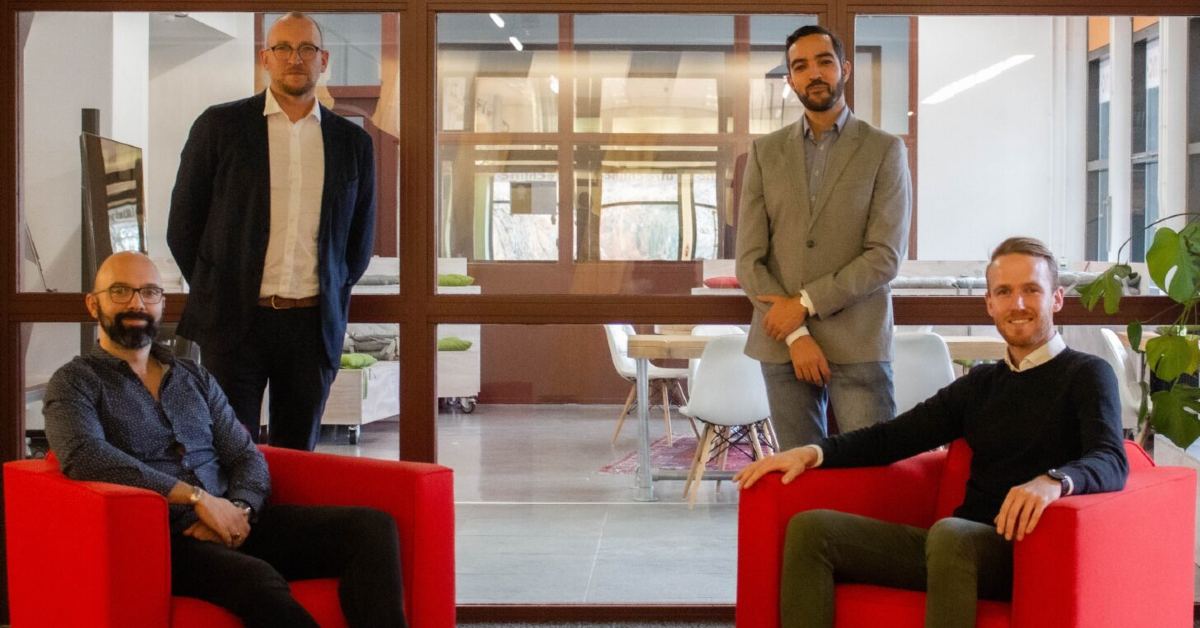
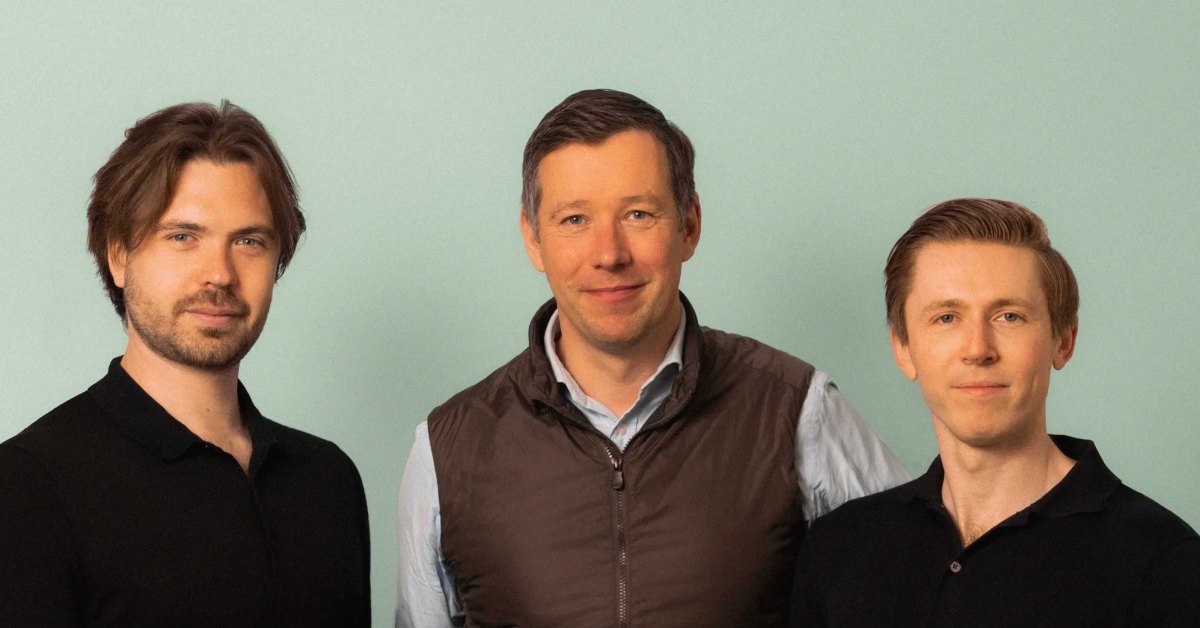
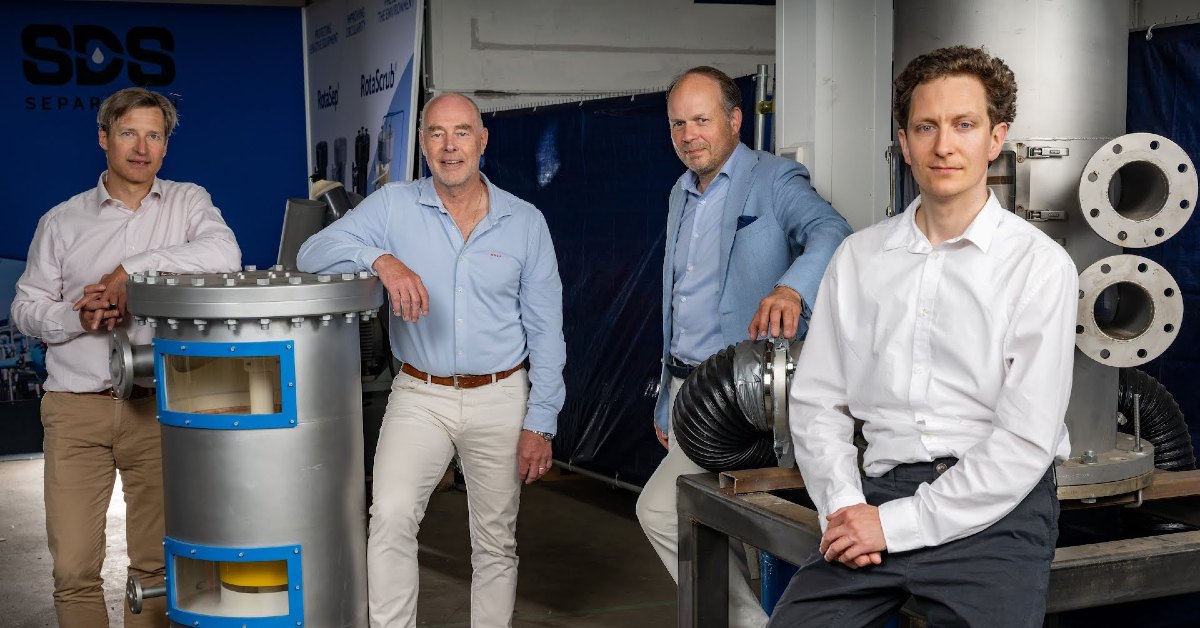
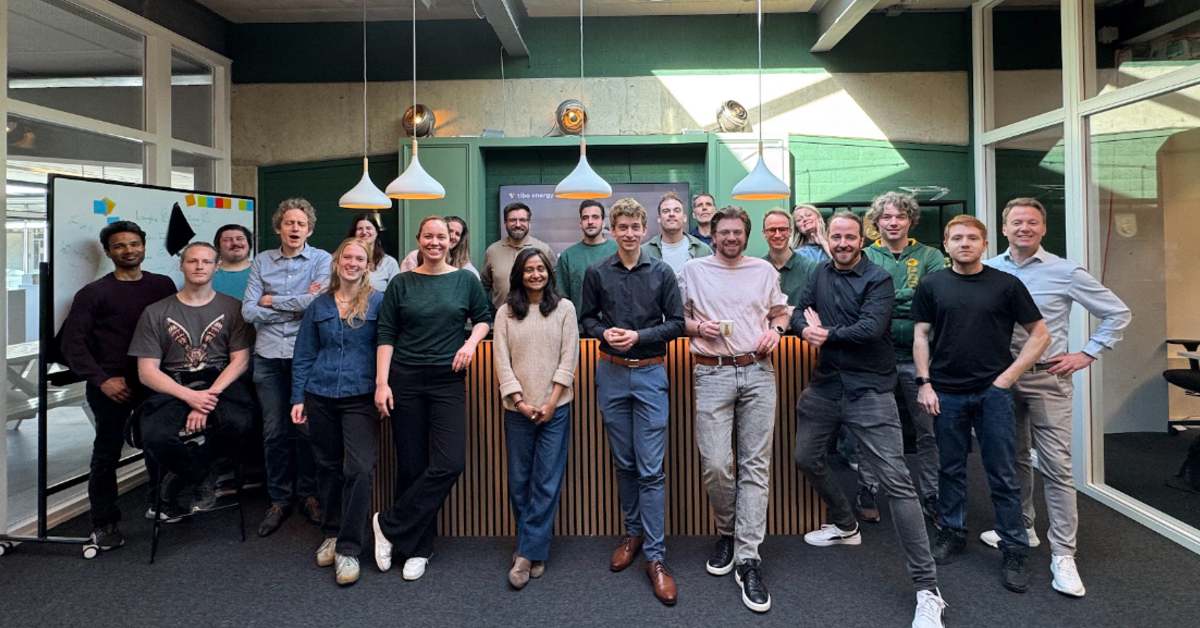
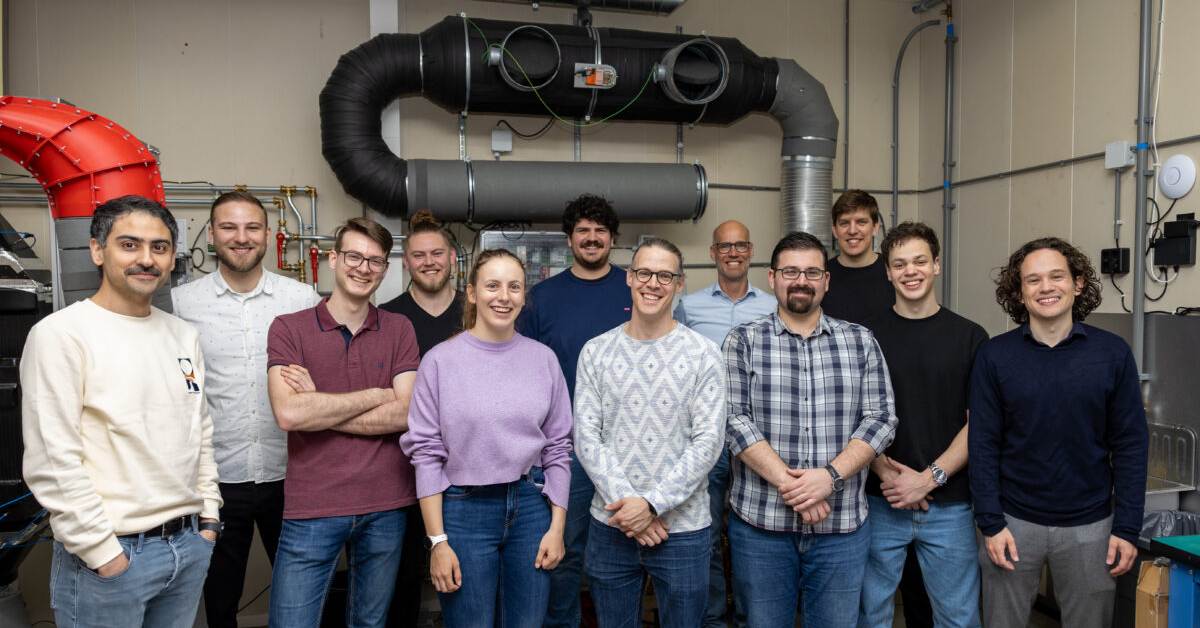


01
From telecom veteran to Dutch Startup Visa success: The Jignesh Dave story